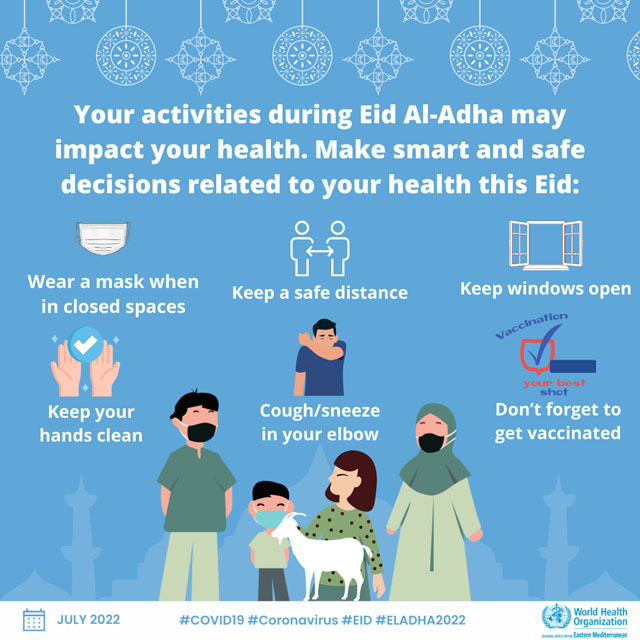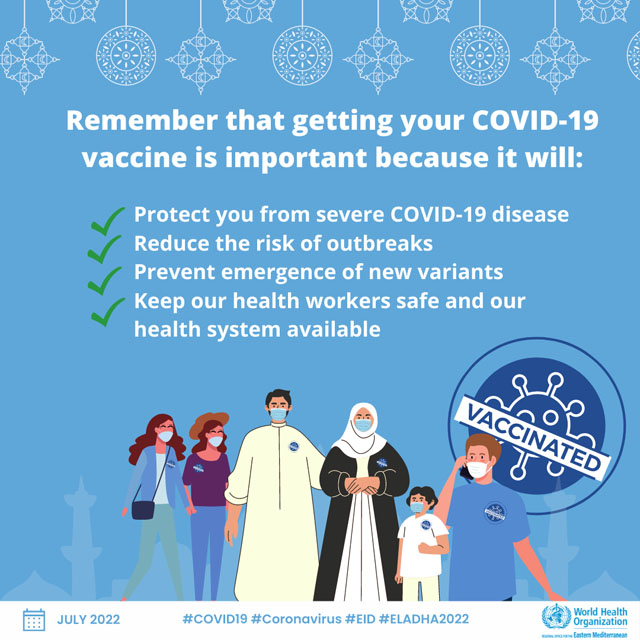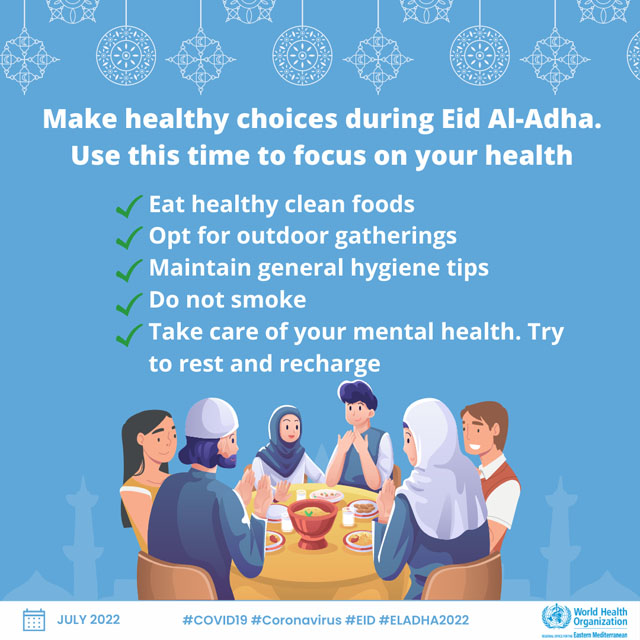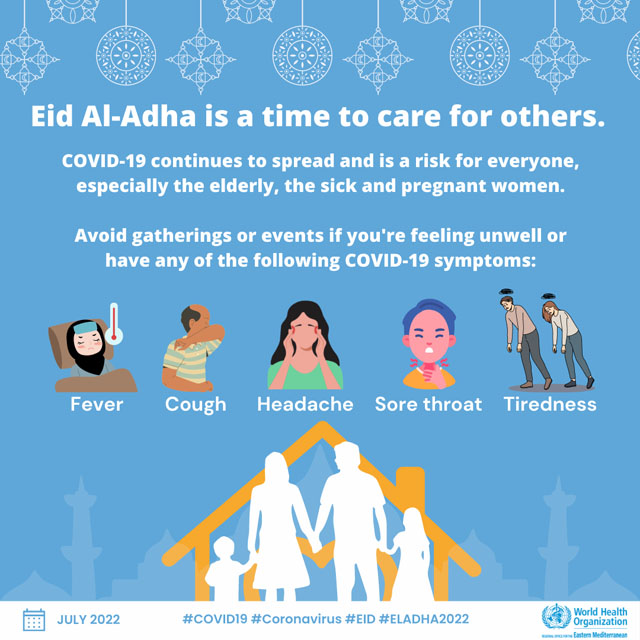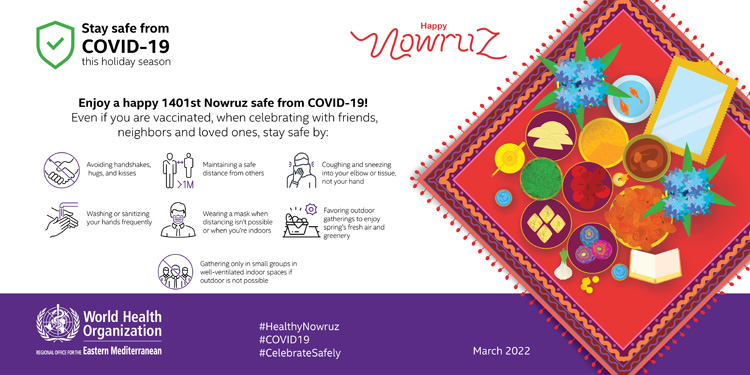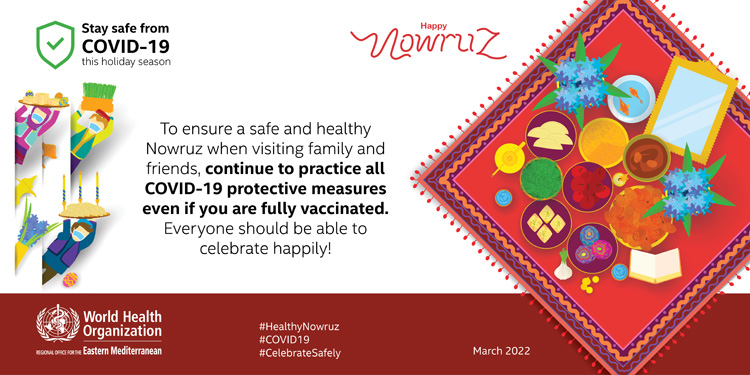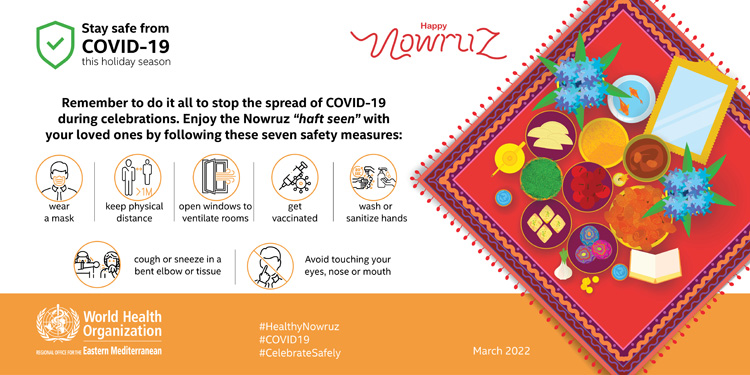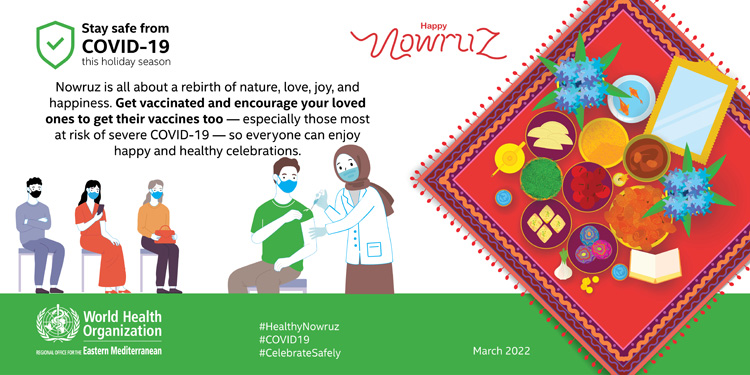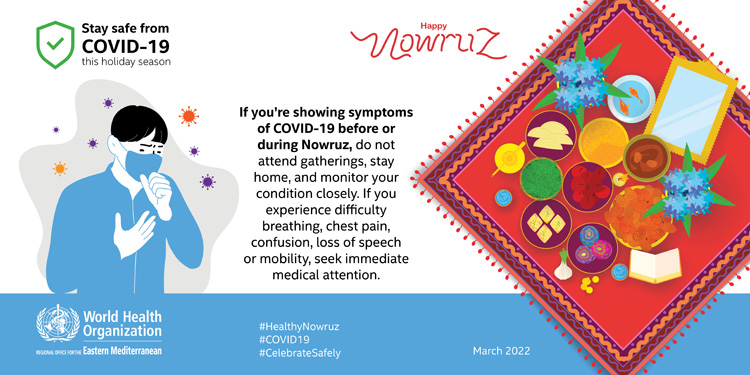Thanks to WHO, patients in fragile, conflict and vulnerable countries will breathe even beyond COVID-19
The COVID-19 pandemic exposed critical gaps in access to medical oxygen for hospitals in Fragile, Conflict and Vulnerable (FCV) countries. As an immediate response, WHO acted quickly to deliver medical oxygen in different formats, so that severely ill COVID-19 patients could get the life-saving treatment they need. To ensure, longer-term, sustained support, WHO also established the first-ever regional network and data platform to monitor oxygen supply usage and availability.
Multi-dimensional approach in oxygen scale-up
When the region was first struck by the COVID-19 pandemic, lack of baseline oxygen data per country prevented delivering oxygen and biomedical supplies to FCV countries such as Yemen, Afghanistan, Somalia, the oPt of Gaza, Sudan, Pakistan, Syria and Iraq.
Baseline oxygen and biomedical inventory information displayed in an easy-to-read format was needed to understand the actual situation of the oxygen ecosystem and any barriers associated with lack of access.
WHO EMRO Medical Officer and IMST COVID-19 clinical management lead Dr. Chiori Kodama says that for this end, “We created an innovative Regional Live Oxygen Platform, which is a first-ever data platform showing oxygen production capacity and requirements in real time to identify gaps and ways to procure the needed medical oxygen in a timely manner.”
27 March 2022 - Seventeen countries in the Region are now participating in this unique initiative, which will have great utility to a variety of stakeholders but would ultimately serve the countries in making better use of medical oxygen and biomedical resources.
EMRO also created the Regional Oxygen Network. While the data server will remain in EMRO, WHO plans to hand it over to countries for co-ownership between WHO Country Offices and local ministries of health.
In addition to a surge supply of oxygen, cylinders and biomedical equipment, WHO procured Pressure Swing Adsorption (PSA) oxygen plants and oxygen concentrators, while also offering biomedical technical support. WHO has also supported strengthening local human resources by recruiting and funding 16 national biomedical engineers for 10 priority countries in the Region.
Although EMRO’s oxygen scale-up support particularly targeted FCV settings, it also extended to middle-income countries, with Jordan, Morocco and Tunisia having made significant strides in their local contexts.
The case of Somalia
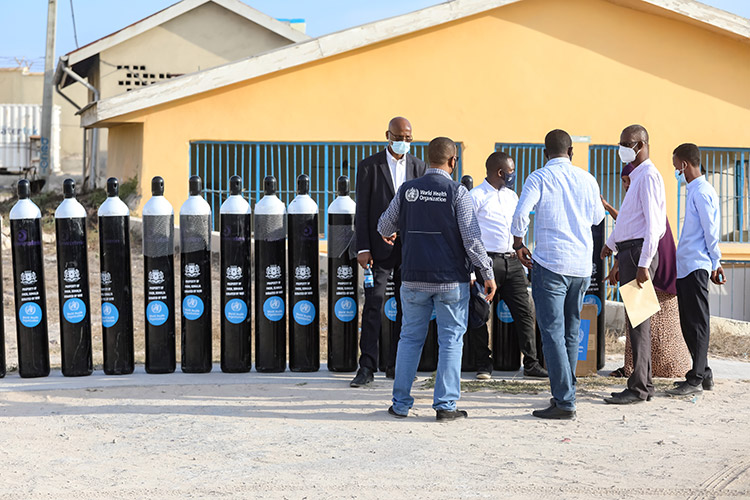 WHO donated 200 re-fillable oxygen cylinders to Somalia’s De Martino Hospital in March 2021. Since then, WHO has helped to scale up oxygen supply in the Region’s most vulnerable countries by procuring and distributing Pressure Swing Adsorption (PSA) oxygen plants and oxygen concentrators, in addition to supporting efforts to produce oxygen locally. © WHO / Ismail Taxta
WHO donated 200 re-fillable oxygen cylinders to Somalia’s De Martino Hospital in March 2021. Since then, WHO has helped to scale up oxygen supply in the Region’s most vulnerable countries by procuring and distributing Pressure Swing Adsorption (PSA) oxygen plants and oxygen concentrators, in addition to supporting efforts to produce oxygen locally. © WHO / Ismail Taxta
Somalia is one of the countries which has greatly benefited from support in oxygen scale up. Somalia has suffered from decades of conflict, war, political instability and climatic shocks such as recurrent droughts and floods.
The result of this long-term hardship has been underinvestment in health and social services and hence weakened and fragmented health systems. Even before COVID-19, maternal and infant deaths in Somalia were among the highest in the world. When the pandemic began spreading throughout the country, public sector hospitals in Somalia had very limited medical oxygen available.
In addition to providing a surge supply of oxygen cylinders and other oxygen accessories, WHO procured PSA oxygen plants and supported the introduction of innovative solar-powered oxygen concentrators, which was a multidisciplinary project with partners, while also providing biomedical technical support.
In a low-resource setting like Somalia, with frequent power outages and referral challenges, the uninterrupted and timely oxygen supply available from the PSA plant and solar-powered systems can be lifesaving for patients requiring oxygen treatment and already benefits many patients beyond COVID-19. Such intervention has transformed a COVID-19 surge response measure into sustainable health system development, with the capacity to benefit thousands in FCV settings and other resource-limited countries.


